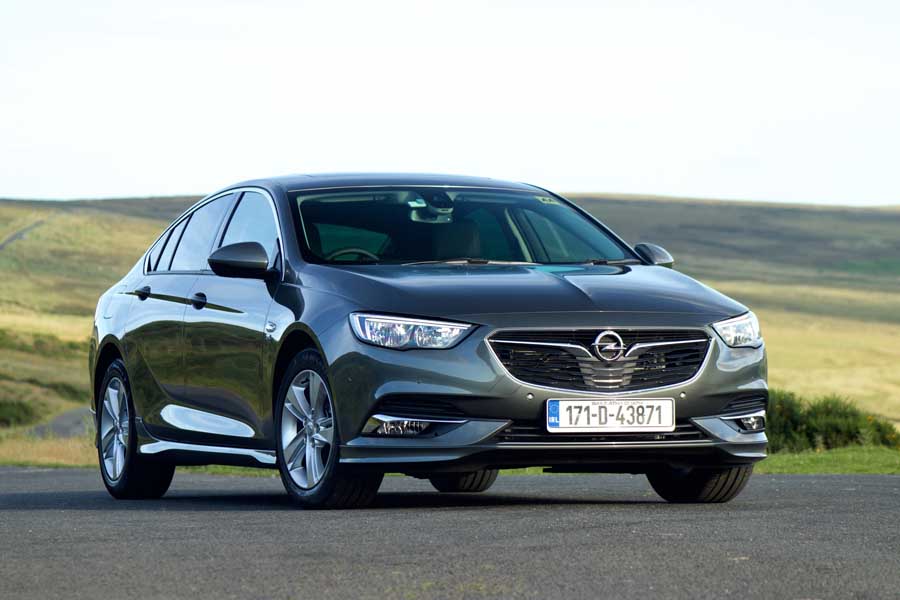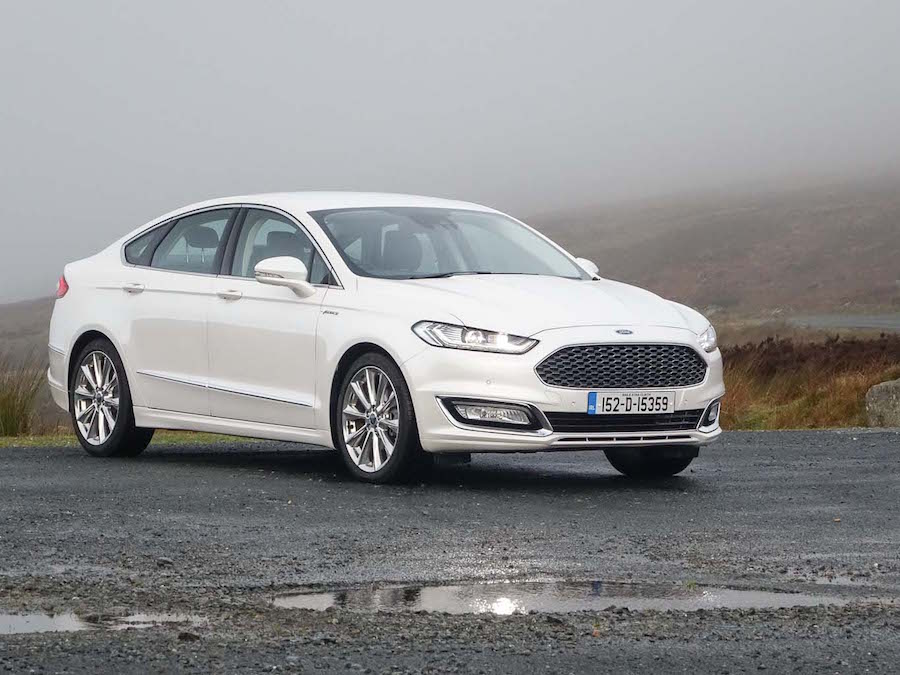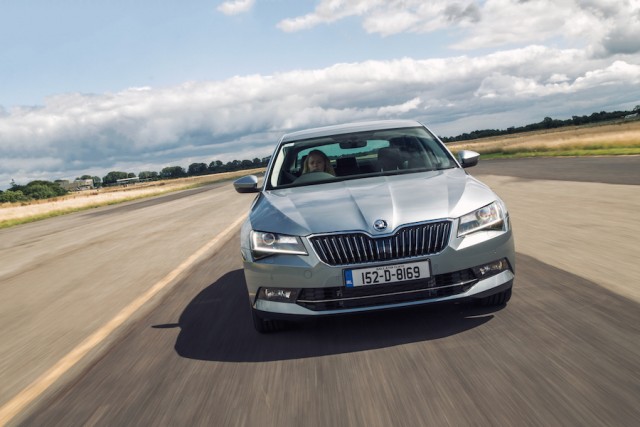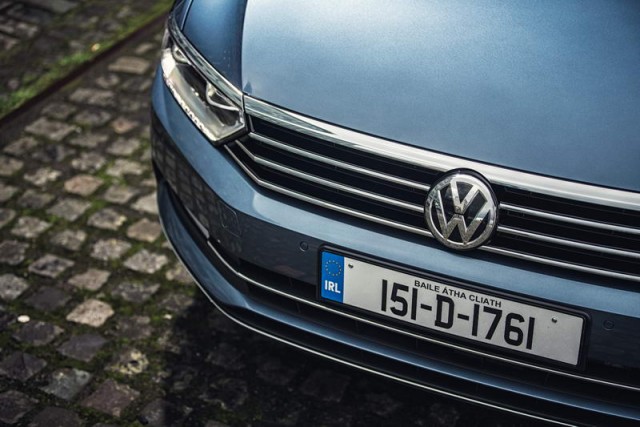Good: great looks, powerful engine, decent space, good refinement.
Not so good: chassis feels unfinished, interior has a few annoyances.
For brevity, I'll not be referring to the new Opel Insignia Grand Sport by its full name throughout this test drive, but the addition of the grandiose title for the second generation of the D-segment contender is a statement of intent from General Motors (though shortly after the Insignia was launched, it was announced that GM was handing the reins to Opel over to the PSA Group...). Here then is Opel's attempt to keep its family car alive, hoping to mix it with the successful cohort of premium models from the likes of Audi, BMW, Jaguar, Lexus, Mercedes-Benz and Volvo instead of battling it out in the 'mainstream', where demand is being decimated by buyers moving en masse to SUVs and crossovers.
But it will take a lot more than a fancy name to convince buyers that the new Insignia is a genuine alternative to the likes of, say, an Audi A4, never mind one of the sub-premium alternatives like the Mazda6 and Volkswagen Passat. First impressions are, admittedly, very good. The new Insignia is a stylish and refreshingly distinctive looking car, especially when fitted with larger alloy wheels. Though it's about the same overall length as the outgoing Insignia, the wheelbase has been stretched - to the benefit of appearance and interior space. The Insignia Grand Sport is some 29mm lower and a little wider too, all contributing to a better stance on the road. Some people will undoubtedly still refer to the Insignia as a saloon, but it's offered in five-door hatchback and estate formats only.
In the lower specifications, the Insignia's interior can be a little dark and drab, but buyers get plenty of personalisation options further up the range. Leather upholstery is standard on the top-of-the-line Elite cars, though the sumptuous 'Brownstone Nappa Premium' leather of my test car lost some of its lustre when I spotted its €3,500 price tag... In fairness, the Insignia is fairly well equipped inside. All come with Opel OnStar and air conditioning, and if you step up from the entry-level SC to SRi or SE then there's dual-zone climate control and touchscreen satnav included, too. The dashboard itself looks good in that specification, even if the touch display could be snappier in operation. The Elite model also gets a digitally rendered dashboard, which works well, if rather more subtly than the likes of Volkswagen's Active Info Display. It seems well put together, but there are some rougher plastics lower down the cabin and an inexplicably sharp ridge to the top of the chunky gear lever. Small things, but they'd annoy me if I owned this car, and competition in the sector is too fierce to be allowing such things through to production.
Thankfully, the other major driver touchpoint, the steering wheel, is a pleasant one, and space front and rear is good - with the usual proviso that the middle rear seat passenger has less legroom than everyone else because of the raised floor centre section. The boot holds 490 litres, which is good rather than class-leading, and the rear seat backs split and fold flat.
It takes just a few minutes behind the wheel to appreciate how different the new Insignia is on the road to the old one. Its high levels of refinement stand out immediately. There's very little wind noise and even on large wheels with wide low-profile tyres, road noise is kept at bay. On top of all that, the 2.0-litre diesel engine is well-insulated from the cabin in terms of vibration and noise. And, though most Irish Insignia buyers are likely to stick with the 1.6-litre diesel option, this 2.0-litre is a surprise as it turns the Grand Sport into a bit of a performance car. Outputs of 170hp and 400Nm are respectable, as is the quoted 175kg weight reduction over its predecessor, but these numbers don't prepare you for the delivery. That torque has been tuned to come on strong from very low revs, making the Insignia responsive and effortlessly fast regardless of which gear or driving mode you've selected.
Our test car featured FlexRide, with Auto, Tour and Sport settings. These alter the throttle map, power steering calibration and damping. The Sport damping is a little too firm for the majority of Irish roads and yet the suspension struggles to contain the body movements satisfactorily in Tour mode. We ended up leaving it in the automatic setting most of the time, though we discovered in the settings that you can bias that towards Sport or Tour to your preference, which is a neat touch. We would do without the FlexRide, in truth, and accept that the Insignia's chassis is optimised for long motorway journeys. There it excels at dispatching long distance in comfort, which probably makes all the 2.0-litre's performance a little unnecessary. The 1.6-litre model will return better fuel economy in most situations. For the record, over nearly 800 kilometres of driving (a lot of it at high speed on the motorway, the rest on fast N-roads), we averaged 6.8 litres/100km (41.5mpg).























